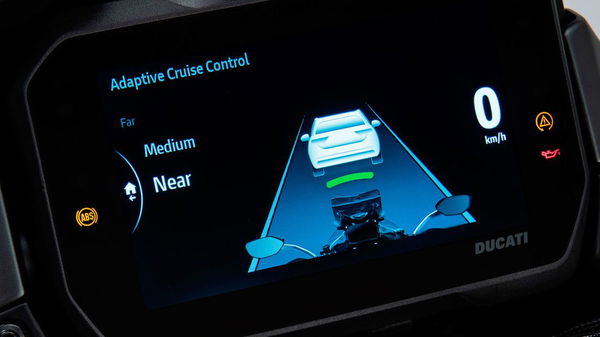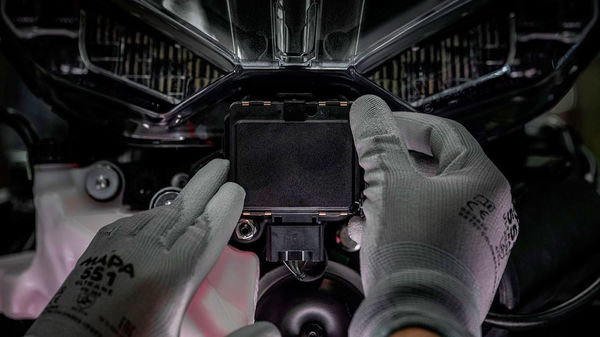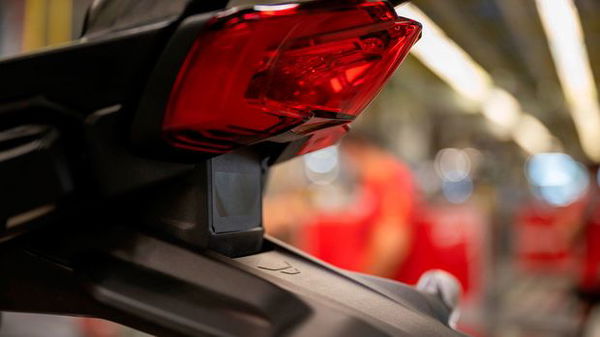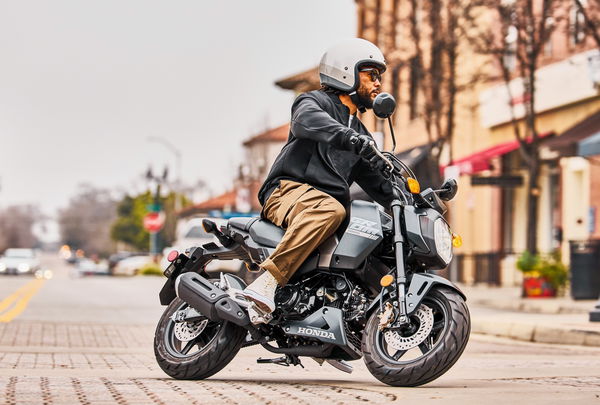Ducati Multistrada V4 adaptive cruise control explained
Aside from the engine, one of the main features of the Ducati Multistrada V4 is the adaptive cruise control system – here’s everything we know

WITH the new Ducati Multistrada V4 getting officially unveiled tomorrow, we aren’t going to have to wait long to find out all of the juicy details about the new uber-tourer from Italy.
But Ducati hasn’t been too shy about trickling out information about the bike, including the element that sets it apart from every other bike on the road: radar-guided adaptive cruise control.
The system has been developed by Ducati and its technical partner Bosch, and it will be the first time a production motorcycle has featured the technology.
The system uses radar sensors mounted on the front and rear of the bike, mounted just beneath the head and taillights. The front sensor is the one that governs the bike’s speed while using the adaptive cruise control. The rear sensor is for the optional blind-spot detection – more on that in a moment…

The front radar sensor continually scans the road ahead, maintaining the bike’s distance to the vehicle ahead by altering the engine revs and even applying the brakes if needed. German website Motorrad.de is claiming that the system can be activated from below 20mph right the way up to 100mph.

Ducati Multistrada V4 blind spot detection
the rear-mounted sensor is for blind spot detection (BSD). Motorrad is reporting that this is an option on the Multistrada V4, although it’ll likely come as standard on a top spec version at some point.
Just like the adaptive cruise control, the BSD scans the road behind the rider and can detect objects that could be residing within the rider’s blind spot. Just like on a car, if a vehicle is detected the system illuminates an orange light located in the bike’s rearview mirror to notify the rider of the danger.












